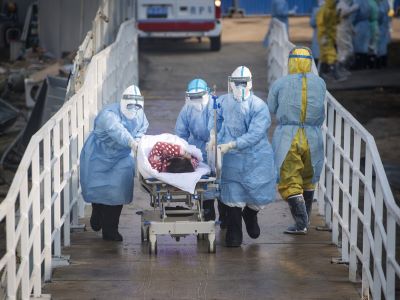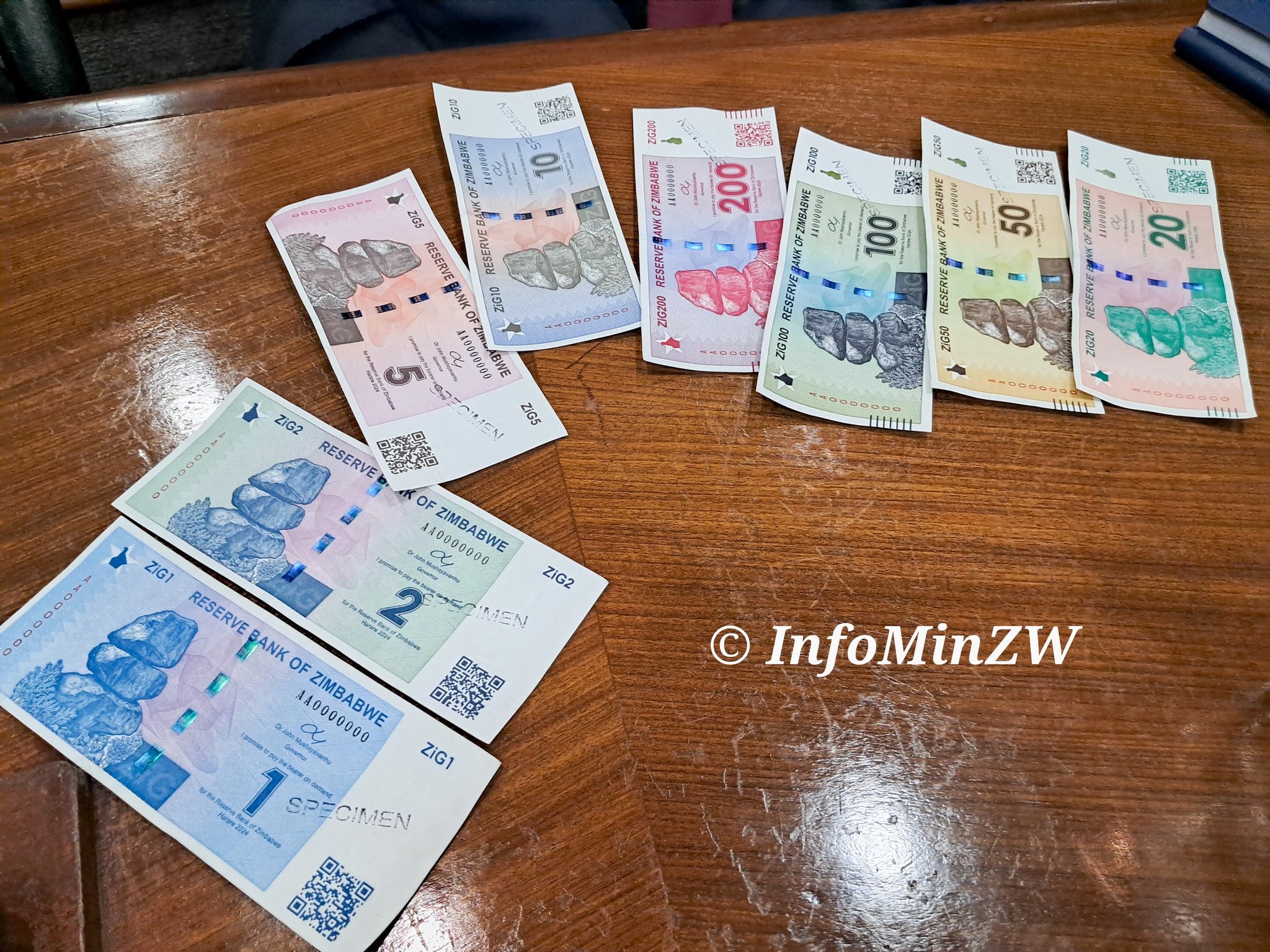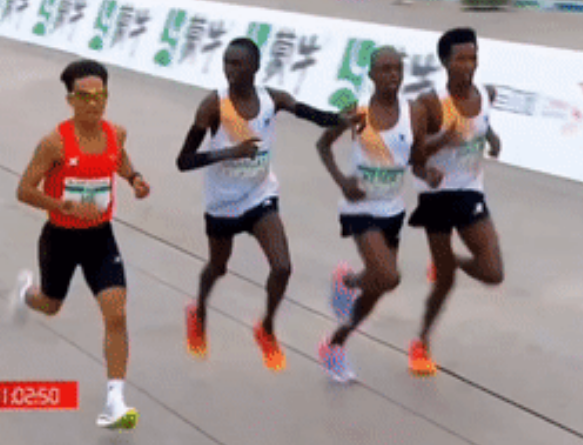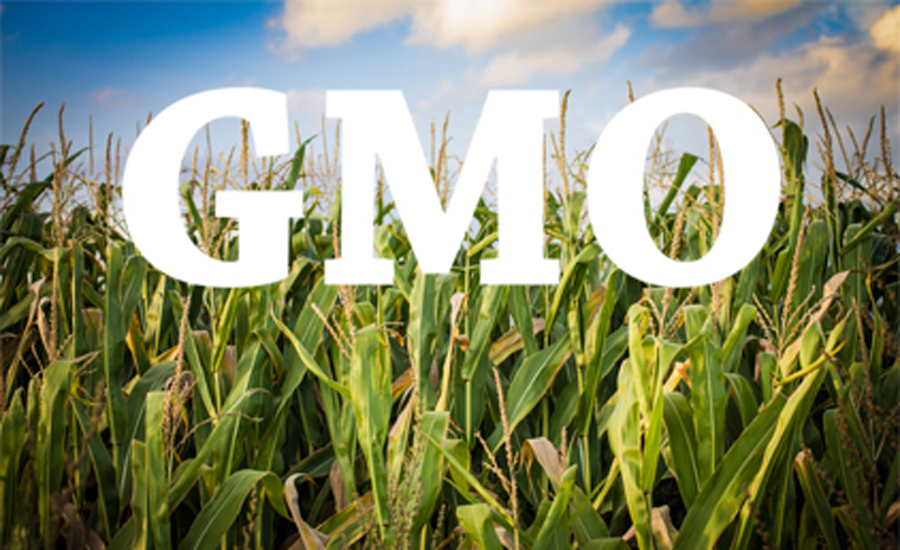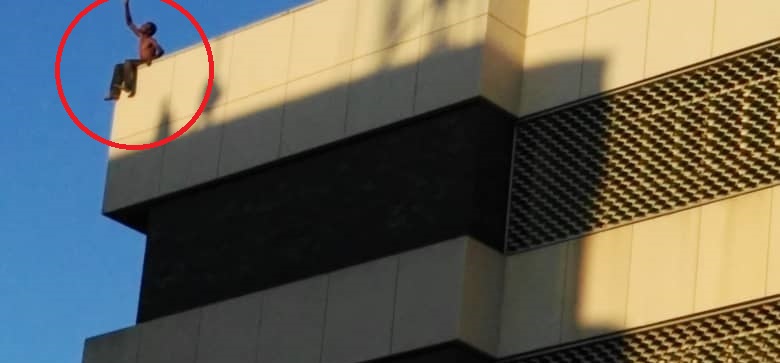The coronavirus has continued to spread around the world. The fast spread of the virus has introduced a new way of living. The global pandemic has forced governments to turn to verified public health measures like social distancing. Social distancing is a tactic used to disrupt the infection physically.
For those already infected by the virus, self-isolation is recommended to prevent further spread. During the isolation period, you can watch everything you have wanted to watch or games to avoid the boredom that comes with it.
However, these mitigation measures have also affected the economic side of things. Isolation and social distancing have cut off the movement of goods and people hence stalling economies. As a result, the world economy is slowly moving into a recession. Economic contagion is spreading at the same pace as the disease.
Guided by patterns of previous outbreaks, policymakers, politicians, and markets delayed making the timely interventions required to stop the spread. Because of the delayed response, the window of social distancing closed. Earlier intervention would have been less costly and more effective.
But, since we missed that window of opportunity, we are going to pay a higher economic price. It is also becoming hard to predict the path ahead as several dimensions of the crisis are unique and mysterious. As we try to navigate through this unfamiliar territory, we are faced with pressing questions such as the course of the shock and recovery.
Governments are wondering whether their economies will be able to return to their pre-COVID-19 output levels and growth rates. They are also waiting to see whether there will be any structural legacy from the Coronavirus pandemic.
The only approach known to contain the spread of the disease effectively is social distancing. But, the window for applying this method is short. In China, they missed the window in Hubei province but acted faster in the other regions. Italy and the rest of Europe missed the window, as well as the US.
Since that precious window of opportunity for social distancing was missed, the disease has continued to multiply. Consequently, social distancing measures will have to be applied more broadly and for longer to have the same results. Such extensive measures will suffocate economic activities.
Even countries that managed to contain the virus early are at risk of another wave of infections, which remains a possibility. Therefore, it will be risky to try to push their economy back to work.
For countries that acted late, the economic outlook is miserable. Policymakers, politicians and financial markets were caught off guard since the happenings in the last few weeks were not part of the risk calculation.
The coronavirus has presented policymakers with too many unknowns that make forecasting uncertain. Some of the unknown aspects include:
- The Characteristics of the virus are not fully understood and could change with time.
- The role of patients not showing signs is not understood well.
- With limited testing, the real rate of infection is unknown.
- There are uneven policy responses.
- The responses of firms and families are in doubt.
With limited visibility, it remains challenging to make any projections. Countrywide shutdowns and limited business activity are going to lead to an economic slump. The world economy will experience the biggest demand shock that has ever been witnessed. In the meantime, the earlier we contain this virus, the better chances we have of recovering.

